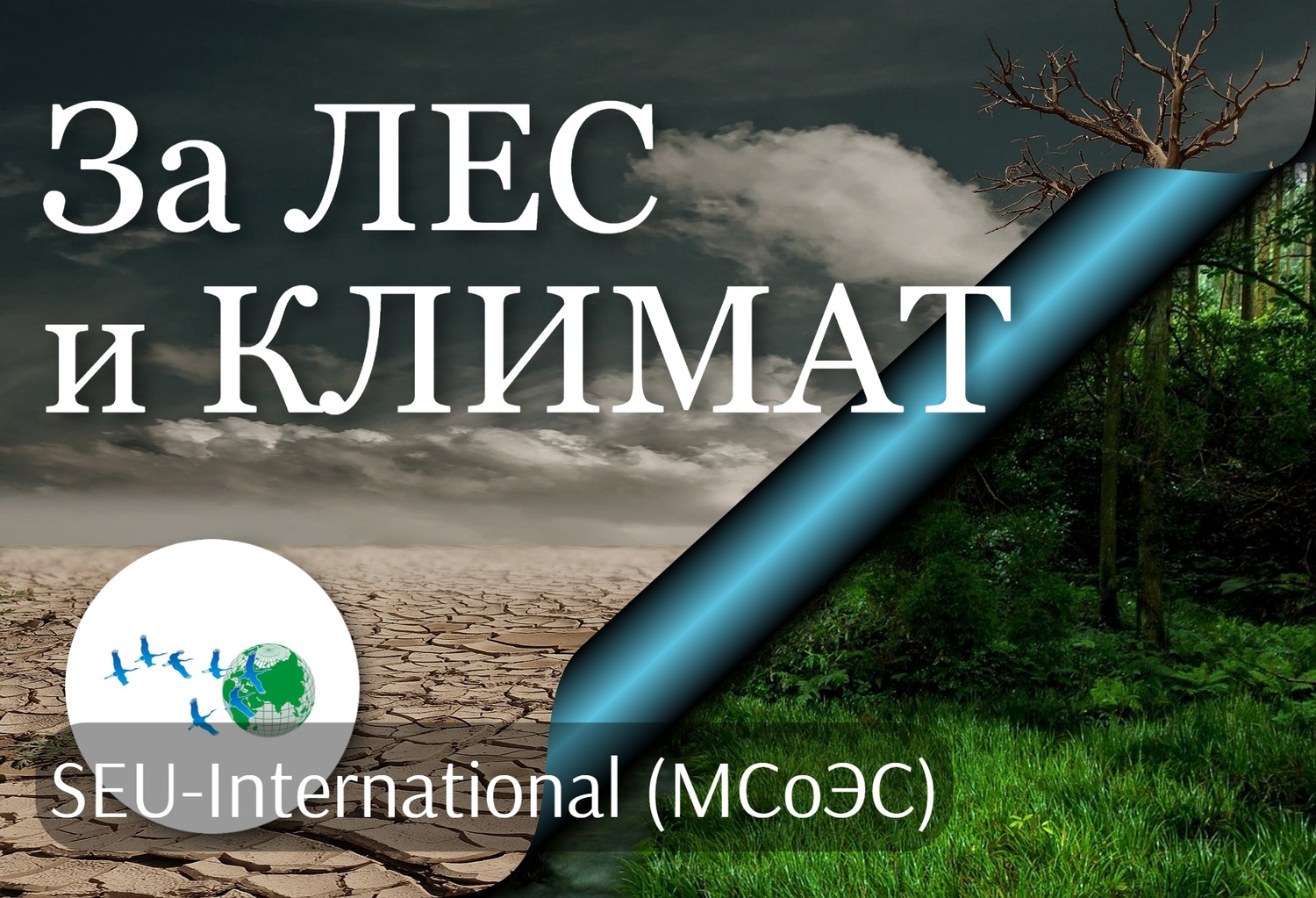РУС ENGL

Appeal «On the Declaration on Forests and Land Use»
We, representatives of the public environmental organizations, warmly support the intentions of the world leaders to develop projects for conservation and restoration of forests and other natural ecosystems as tools for preventing the harmful climate change. Those measures were proposed in November 2021 during the 26th United Nations Conference of the Parties on Climate Change (Glasgow, Scotland) and enshrined in the Declaration on Forests and Land Use accepted at the end of the conference.
In order to increase the effectiveness of the proposed ideas and projects, we invite the national Governments signed the declaration to initiate a broad discussion of the practical implementation of measures to preserve and strengthen the climate-regulating functions of natural ecosystems with participation of experts from civil society, government agencies, academic and industry science at the national and international levels.
We believe that the priority areas in this joint work should be the following:
- development of a state strategy and methodologies for the restoration of forest and other natural ecosystems in disturbed territories in different natural and economic regions;
- conservation of intact natural territories by excluding those lands from industrial, agricultural and other nature-destroying applying, effective management of existing protected natural areas, creation of new protected natural areas;
- integration and use the method of passive nature conservation (“absolute zapovednost” or “absolute wilderness conservancy”), which provides for the complete (or maximum possible) exclusion of anthropogenic impact on natural lands belonging to the first category of protected natural areas in the IUCN classification (Ia – strict nature reserve, Ib – wilderness area). Promotion and popularization of the method of passive nature conservation as a key and necessary condition for the effective preservation of intact natural ecosystems and restoration of disturbed natural communities.
- integration and development the method of ecological networks or econets (i. e. interconnected natural areas of different protected status, creating together a continuous natural cover), as an another key principle of management and development of protected natural areas, which allows to effectively preserve intact valuable natural ecosystems, restore disturbed natural communities and reduce fragmentation of natural lands. Territories with the regime of passive nature conservation and ecological networks should develop in a balance, complementing each other. A strict nature reserve or areas with maximum exclusion of human activity (e.g. highways and fences) should become the nucleus of econets. Wildlife crossings or ecoducts (crossings over roads covered with natural native vegetation) can also be a part of econets. They allow wild animals to cross transport ways and maintain the continuity of the natural environment even where natural lands are cut by roads.
- elaboration of the effective methods to stop the illegal practice of burning of natural lands, common in many countries of the world, and everywhere leading to an increase in the scale and severity of wildfires, as well as to the degradation of natural ecosystems.
- elaboration of the effective methods to prevent the destruction and degradation of forests and other natural ecosystems by wildfires.
- development of the rational, nature-saving forestry that does not harm the intact forests and others types of high conservation value forests.
- development of the effective forms and methods of public participation in the conservation and restoration of native natural ecosystems. Creation of sustainable institutional and economic mechanisms for the involvement of local people and indigenous communities in the programs of reforestation and biodiversity conservation.
- development of collaboration with bordering countries in order to better conservation of the transboundary valuable natural ecosystems.
We call on the national governments, state environmental protection authorities, scientific institutions, public environmental organizations and international communities to direct their efforts towards solution of these purposes important for all humanity.
The appeal can be downloaded by the link below (Docx):
Reference
The Concept of Absolute Zapovednost V.Y. Boreiko (Kyiv ecological-cultural center, 2014)
MANIFESTO OF THE PROPONENTS OF THE IDEA OF ABSOLUTE ZAPOVEDNOST V.Y. Boreiko, V.A. Brinikh (Kyiv ecological-cultural center, 2015)
V.Boreiko, I. Parnikoza, A. Burkovskiy. Absolute zapovednost a concept of wildlife protection for the 21st century\Bulletin of the European Grassland Group 19/20 (2013): 25-30.
PDF:
Bulletin of the European Grassland Group 19/20 (2013):
Berta, C., Gyulai, I., Szabó, J.L. et al. Cladocerans as indicators in the importance of passive nature conservation. Biologia 73, 875–884 (2018). https://doi.org/10.2478/s11756-018-0097-3
Criticism of active nature protection approaches on nature strictly protected areas (category 1-a IUCN) / Критика регуляционных мероприятий на территориях строгого природоохранного режима (категория 1-А МСОП/IUCN) Book.
Protected area categories of the International Union for Conservation of Nature and Natural Resources (IUCN)